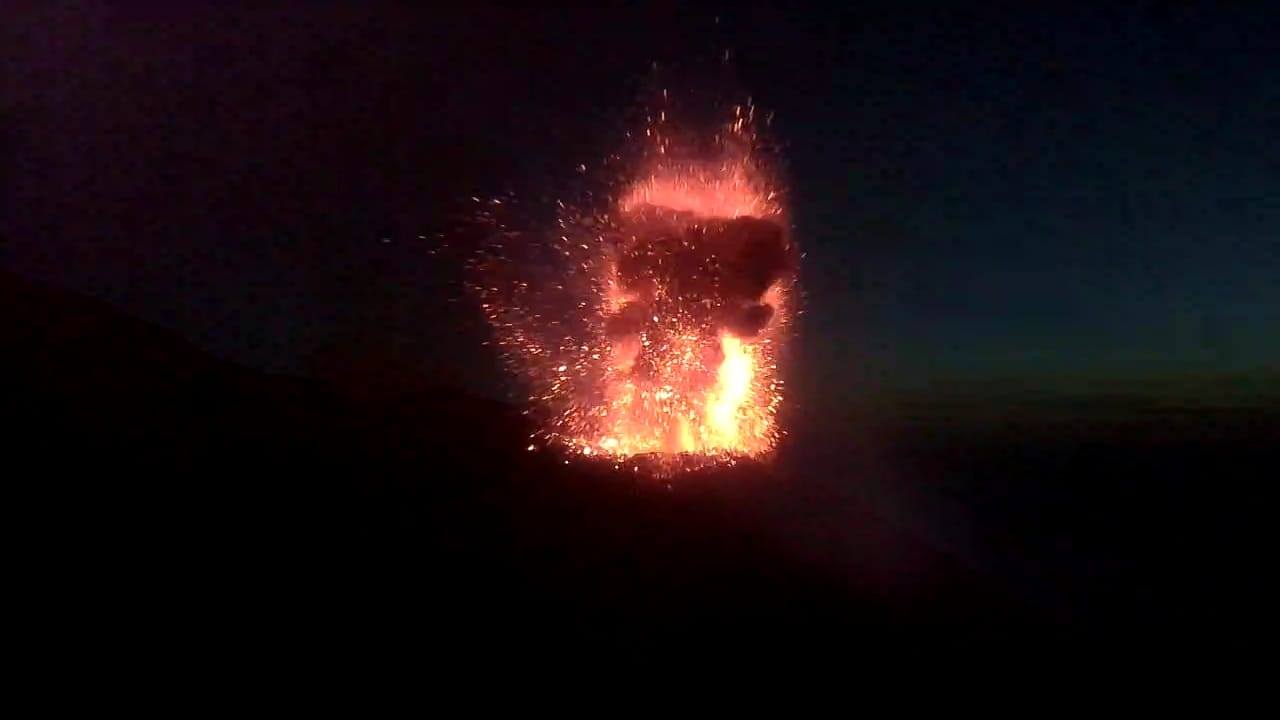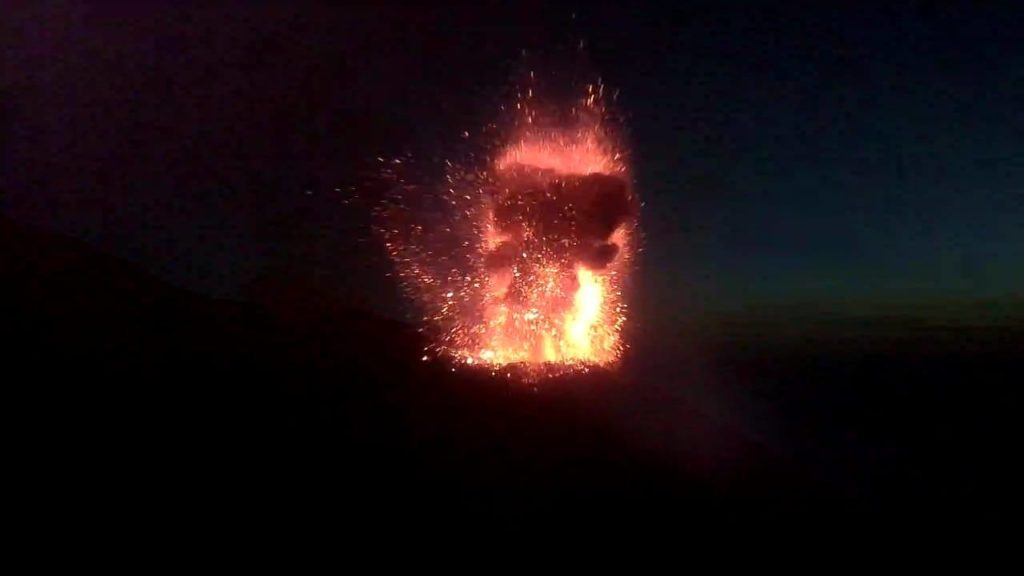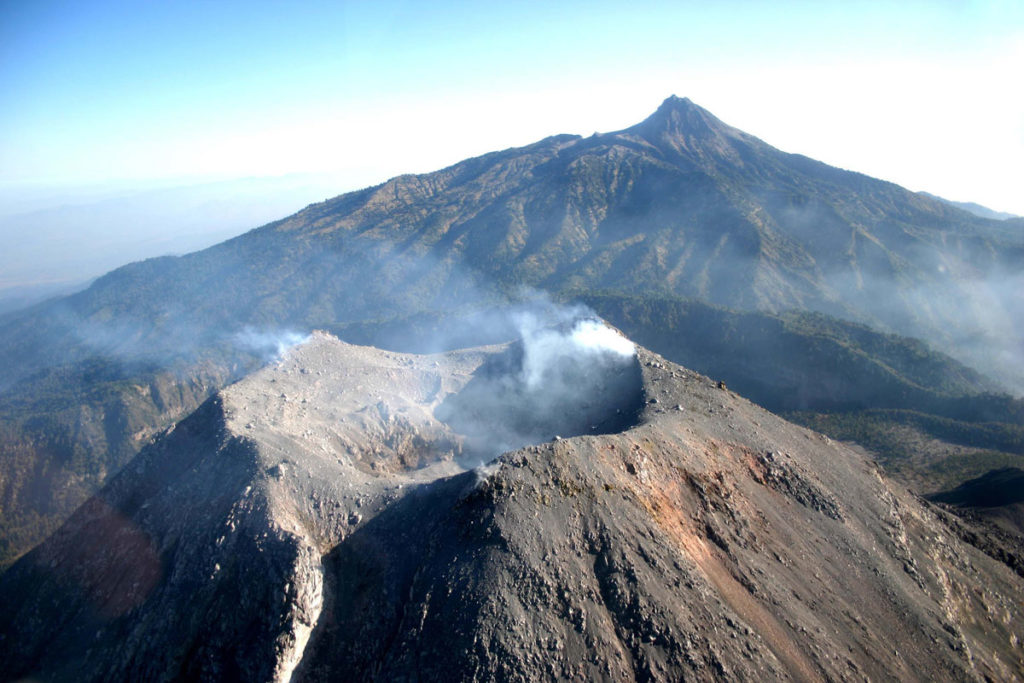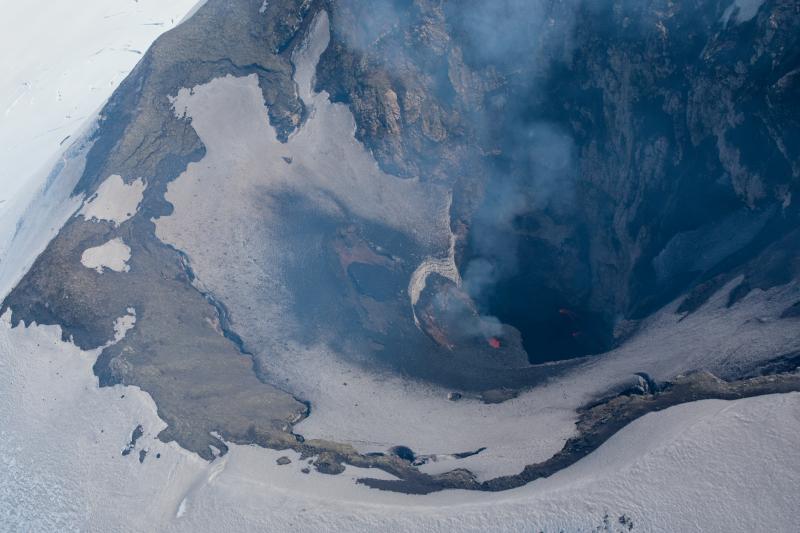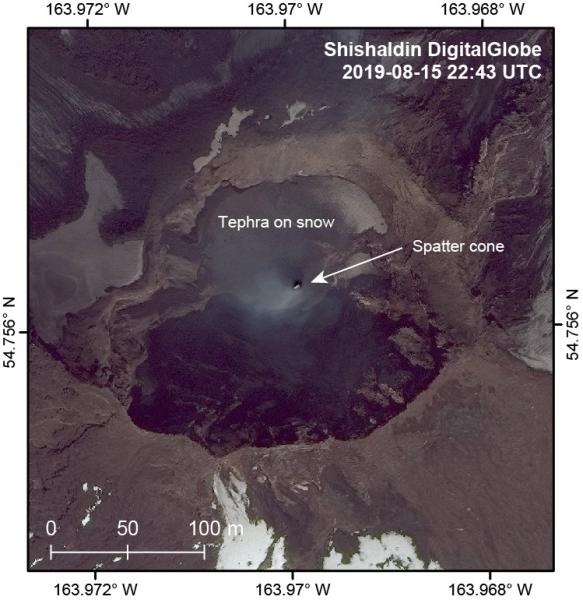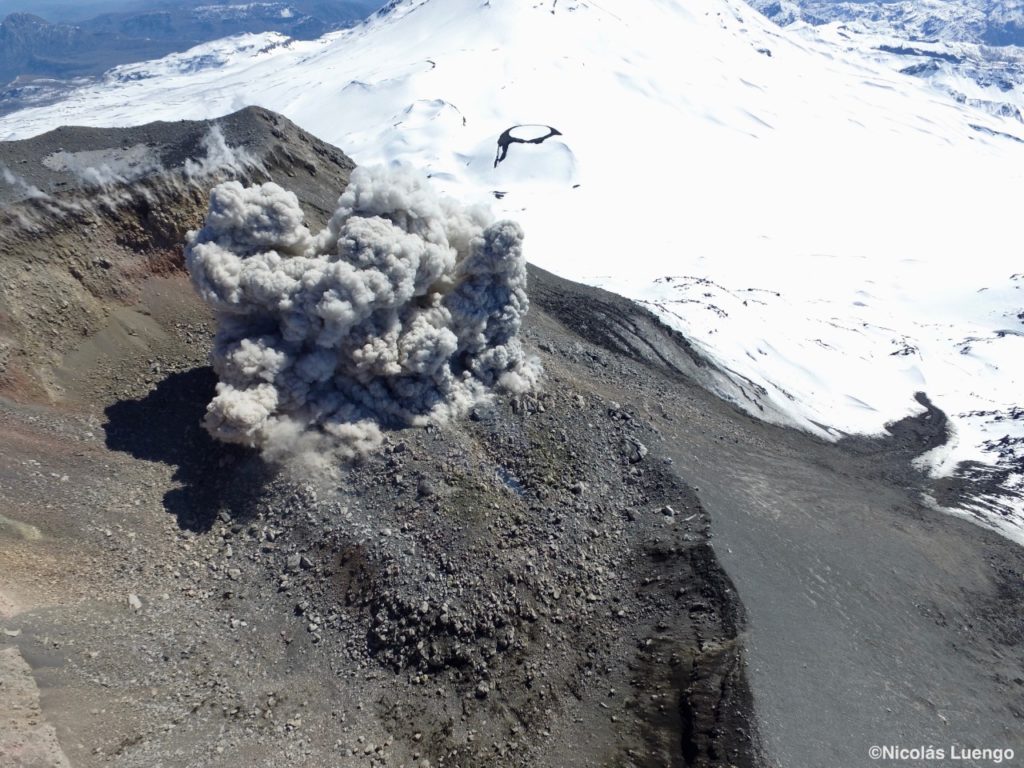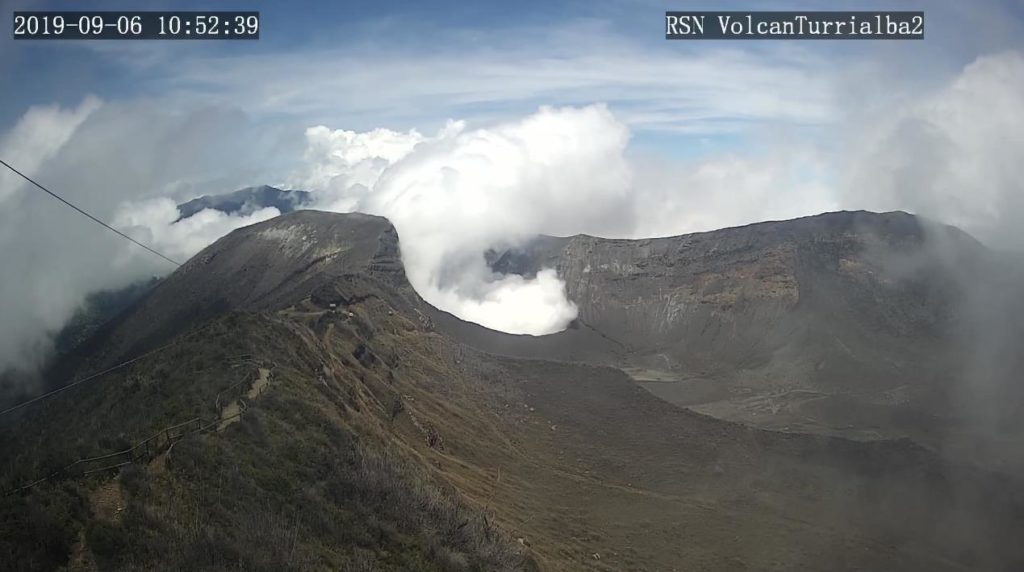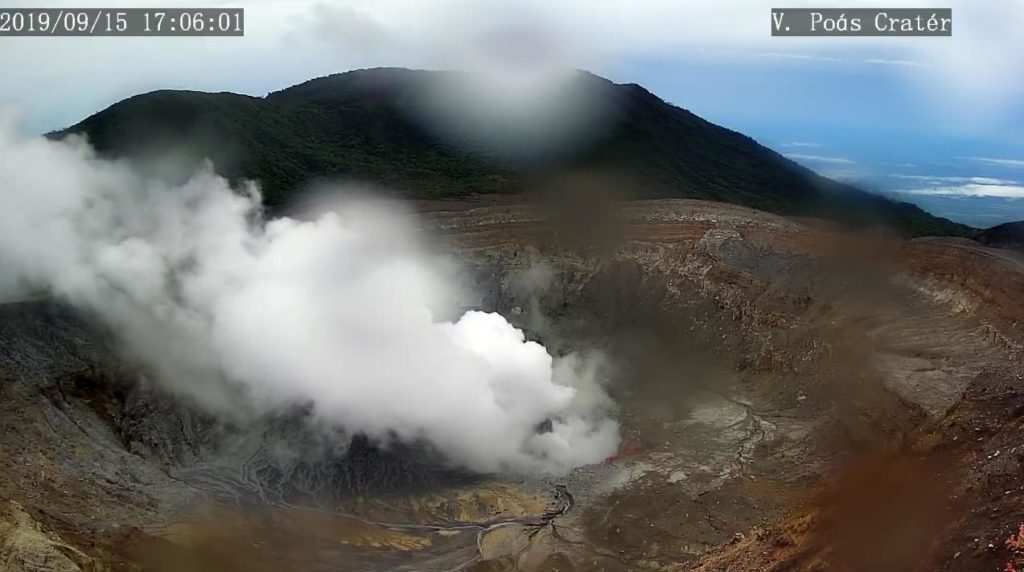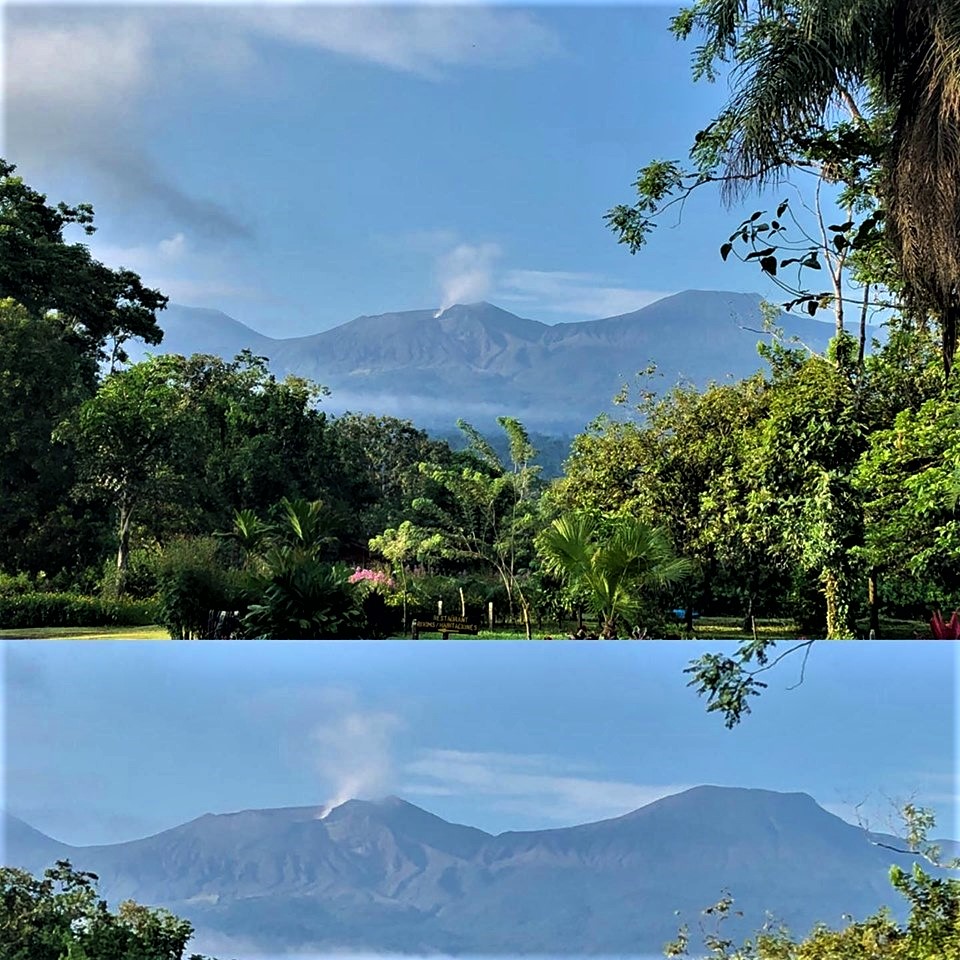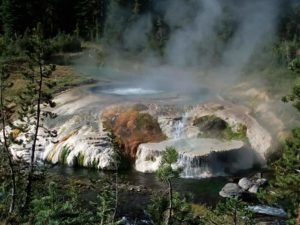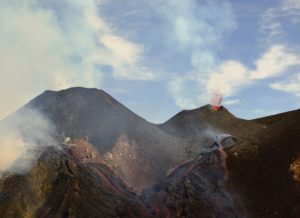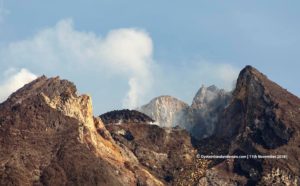September 21 , 2019.
Italy , Stromboli :
Stromboli daily activity bulletin of 20/09/2019
1. SUMMARY OF ACTIVITY
In light of the surveillance data, we highlight:
1) VOLCANOLOGICAL OBSERVATIONS: Normal explosive activity of Strombolian type accompanied by degassing activities.
2) SEISMOLOGY: The seismological parameters do not show any significant changes.
3) DEFORMATIONS: The deformation monitoring networks of the island did not show any significant variation in communication during the last 24 hours.
4) GEOCHEMISTRY: SO2 flux at an average level.
VOLCANOLOGICAL OBSERVATIONS
According to surveillance cameras located at 400 m altitude and in Punta Corvi, there is an ordinary Strombolian activity from several active mouths in the North and Central-South craters. The explosions frequently exceed the edge of the crater terrace and the products fall on the upper part of the Sciara del Fuoco.
The total number of explosions in the last 24 hours, updated at 9:00 UTC on September 20, was 21 to 23 events / h (high frequency). In detail, in the North Zone, explosive activity produced 8 to 10 events / h. The explosions, of medium intensity (less than 150 m of height), produced mainly coarse materials (lapilli and bombs) which, during certain explosions, covered the sides of the cone facing the Sciara del Fuoco. In the Center-South zone, an average explosions frequency of 13 events was observed. Explosions, of low to medium-high intensity (the products sometimes reached 200 m high), produced fine materials mixed with coarse materials.
Seismology
The bulletin is established with data acquired from a maximum of 7 stations. The seismic activity recorded during the last 24 hours has the following characteristics: No seismic signal associated with a landslide has been recorded.
Counting Very Long Period Type (VLP) events provides an average of about 30 events / hour.
The magnitude of the VPLs remained generally low. The amplitude of the earthquakes of explosions remained weak, with events of average intensity with weak between 22:00 and 23:00 UTC the 19/09/2019, which corresponds to the moderate increase of the tremors. The level of tremor remained at generally medium-low values with an increase towards medium-high values between 22:00 and 23:00 UTC on 19/09/2019. Currently (updated at 08:00 UTC on 20.09.2019), is on medium / low values.
Source : INGV Vulcani .
Lire l’article en entier : file:///C:/Users/Utilisateur/AppData/Local/Packages/Microsoft.MicrosoftEdge_8wekyb3d8bbwe/TempState/Downloads/BollettinoGiornalieroStromboli20190920%20(1).pdf
Photo : web cam via Dietmar Kue
Mexico , Colima :
Weekly technical bulletin of the activity of the volcano of Colima
Date: September 20, 2019
Seismic activity:
During the last week, 12 high frequency (HF) events, 3 long period (LP) events, 5 landslides, 1 explosion and 13.8 min of low amplitude tremor were automatically recorded. There was also 1 lahar in the Montegrande Canyon and 1 in the Lumbre Canyon.
Visual observations:
Intermittent steam and gas emissions on the northeast side of the crater continue to be recorded during the reporting period, but new fumaroles have also been observed in the western part. Due to the high cloudiness recorded during the last week, it was not possible to detect any thermal anomalies.
Geochemistry:
The flow of SO2 was not measured during the week.
Remote perception:
No thermal anomalies detected by the MIROVA satellite system were observed during the last week.
Diagnostic:
The volcano maintains an explosive activity of low intensity. The occurrence of these events indicates that the gas probably associated with the moving magma has reached surface levels. This activity can continue and increase in intensity over the following days, weeks or months. The staff in charge of monitoring the volcano monitors any changes and developments in the activity.
Possible scenarios from days to weeks:
1. Low to moderate explosions continue.
2. There is a new growth of lava dome in the crater with collapses of glowing material and lava flows.
Source : RESCO-CUEV-Facultad de Ciencias Universidad de Colima .
Photo : proceso.com.mx.
Alaska , Shishaldin :
54°45’19 » N 163°58’16 » W,
Summit Elevation 9373 ft (2857 m)
Current Volcano Alert Level: WATCH
Current Aviation Color Code: ORANGE
Low-level eruptive activity within the summit crater continues at Shishaldin. Seismicity remained elevated during the past week and was characterized by low-level tremor. Satellite data have shown elevated surface temperatures at the summit crater when views were not obscured by clouds. Conditions at the volcano appear to have changed little over the past several weeks, with slight growth in the scoria cone and lava flows within the summit crater. The low-level lava fountaining and repetitive minor explosive activity within the summit crater observed on August 17, 2019 is likely continuing. Given the present state of unrest of the volcano, it remains possible that activity could increase rapidly with minimal warning.
Shishaldin is monitored by local seismic and infrasound sensors, satellite data, a web camera, a telemetered geodetic network, and distant infrasound and lightning networks.
Shishaldin volcano, located near the center of Unimak Island in the eastern Aleutian Islands, is a spectacular symmetric cone with a base diameter of approximately 16 km (10 mi). A 200-m-wide (660 ft) funnel-shaped summit crater typically emits a steam plume and occasional small amounts of ash. Shishaldin is one of the most active volcanoes in the Aleutian volcanic arc, with at least 54 episodes of unrest including over 24 confirmed eruptions since 1775. Most eruptions are relatively small, although the April-May 1999 event generated an ash column that reached 45,000 ft above sea level.
Source : AVO.
Photos : Ketner, Dane , Dietterich, Hannah.
Chile , Nevados de Chillan :
Special Volcanic Activity Report (REAV) Ñuble Region, Nevados de Chillán Volcanic Complex 21 September, 2019, 01:20 Local time (Continental Chile)
The National Geological and Mining Service of Chile (Sernageomin) discloses the following PRELIMINARY information, obtained through monitoring equipment of the National Volcanic Monitoring Network (NVRN), processed and analyzed at the Volcanological Observatory of the South Andes ( OVDAS)
Today, Saturday 21 September at 01:04 local time (04:04 UTC), the monitoring stations near the Nevados Volcanic Complex in Chillán recorded an explosion associated with fluid dynamics in the volcanic system with emission of gases and particles
The characteristics of the earthquake are as follows:
TIME OF ORIGIN: 01h04 local time (04h04 UTC)
LATITUDE: 36 855 ° S
LENGTH: 71 390 ° W
Depth: 3.1 km
REDUCED DISPLACEMENT : 616 cm2
ACOUSTIC SIGNAL: 1.8 [Pa · Km]
OBSERVATIONS:
The explosion produced a column of gas and particulate materials of low height. At the time of publication of this report, seismicity continues, even if the displacement values are lower.
The volcanic technical alert is maintained at the Orange level.
Sernageomin monitors online and informs in a timely manner of possible changes in volcanic activity.
Source : Sernageomin.
Photo : Nicolas Luengo.
Costa Rica , Turrialba / Poas / Rincon de la Vieja :
Daily report of the state of volcanoes. Date: September 20, 2019. Updated at: 10:59:00.
Turrialba Volcano:
No eruption is reported.
The seismic activity is higher than yesterday.
At the time of this report, the winds are blowing west.
The Turrialba volcano has a plume of magmatic gases, water vapor and aerosols rising vertically at an altitude exceeding 500 meters, which can sometimes be mistaken for an eruption charged with ash. Volcanic signals show no sign of ash emission, and no ashfall is reported near the volcano. The seismicity and the concentration of volcanic gases remain stable. Seismicity is dominated by frequent low frequency volcanic earthquakes.
Poas Volcano:
No eruption is reported.
The seismic activity is higher than yesterday.
At the time of this report, the winds are blowing west.
The plume of magmatic gases, water vapor and aerosols emanating from fumarole A (ancient dome) rises vertically over 1000 meters above the active crater due to the absence of wind. The fall of very fine materials (aerosols of fine and corrosive materials) is reported on the viewpoint of the Poás Volcano National Park. Seismicity has frequent low frequency, moderate amplitude volcanic earthquakes, as well as occasional brief tremors and impulsive exhalations. The concentration of volcanic gases shows a slight increase.
Rincon de la Vieja Volcano:
No eruption is reported.
The seismic activity is higher than yesterday.
At the time of this report, the winds are blowing wes
In the absence of wind, there is sometimes a weak plume of magmatic gas, water vapor and aerosols rising more than 500 meters above the top of the volcano. The seismicity shows frequent tremors of short duration and moderate amplitude, in addition to occasional volcanic earthquakes of low frequency type, of moderate to high amplitude.
Source : OVSICORI-UNA.
Photos : RSN , Mauricio Gutiérrez .

